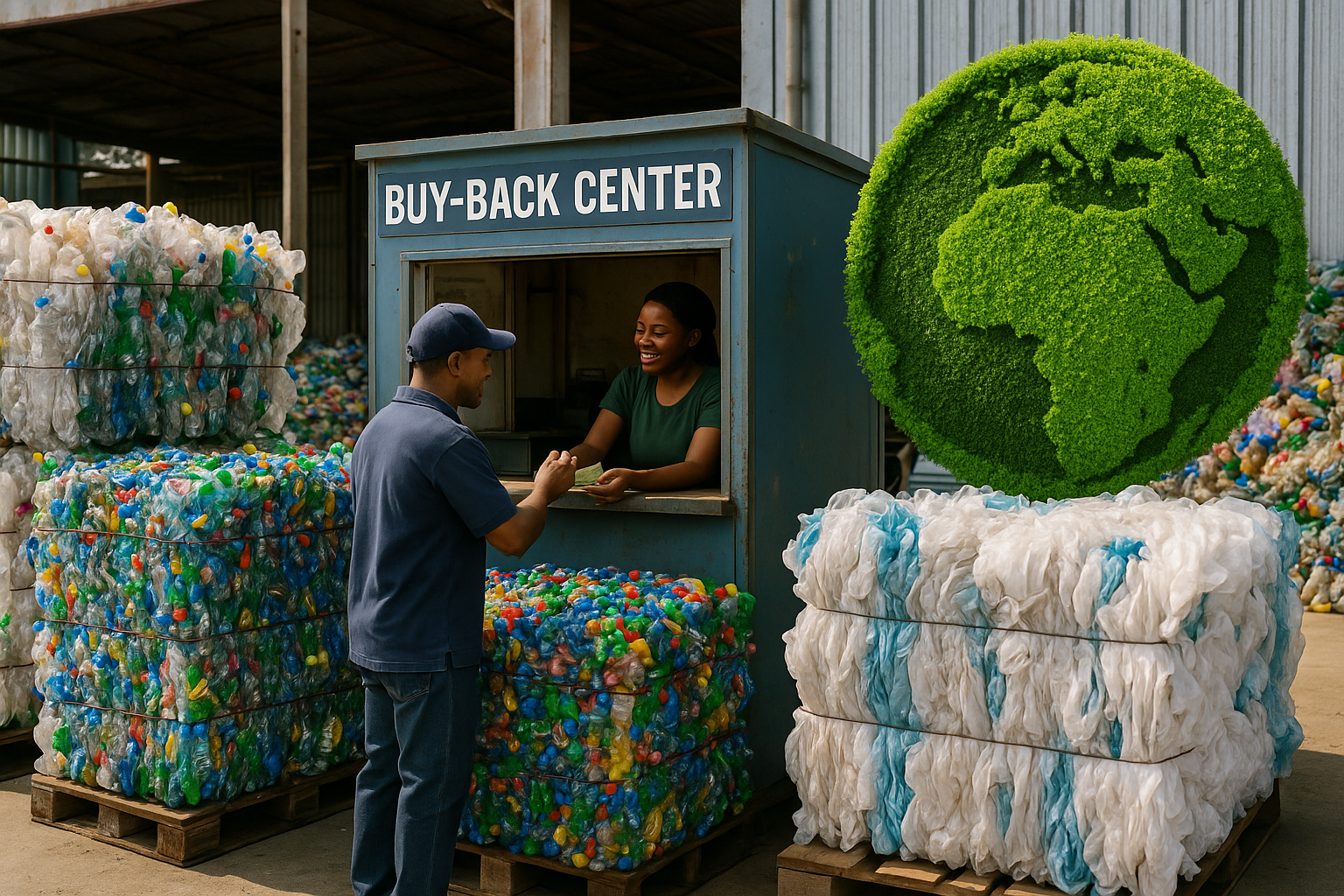Fashion's Green Revolution Apparel Industry's Top Eco Secrets
As you delve into the world of sustainable fashion, you'll uncover eco-friendly innovations that not only benefit the planet but also offer you a plethora of stylish options to explore—browse these options to transform your wardrobe sustainably.
The Rise of Sustainable Fashion
The fashion industry's green revolution is reshaping how we think about clothing, emphasizing sustainability and ethical production. This shift is not just about reducing environmental impact; it's about creating an industry that values transparency, longevity, and responsibility. As consumers become more eco-conscious, brands are responding with innovative solutions that address both environmental and social issues.
Eco-Friendly Materials and Practices
One of the most significant changes in sustainable fashion is the use of eco-friendly materials. Organic cotton, recycled polyester, and Tencel are just a few examples of fabrics that minimize environmental impact. Organic cotton, for instance, uses 91% less water than conventional cotton and avoids harmful pesticides, making it a more sustainable choice1. Recycled polyester, made from plastic bottles, reduces waste and energy consumption, while Tencel, derived from wood pulp, is biodegradable and produced in a closed-loop process that recycles water and solvents2.
Innovative Production Techniques
Beyond materials, the fashion industry is adopting innovative production techniques to reduce waste and energy use. For instance, 3D knitting technology allows for seamless garment production, reducing fabric waste by up to 30% compared to traditional methods3. Additionally, waterless dyeing techniques are being developed to eliminate the need for water in the dyeing process, addressing one of the most water-intensive parts of garment production4.
Brands Leading the Charge
Several fashion brands are at the forefront of the green revolution, setting new standards for sustainability. Patagonia, known for its commitment to environmental responsibility, uses recycled materials in 68% of its products and encourages customers to repair and recycle their gear5. Similarly, Stella McCartney has been a pioneer in sustainable luxury fashion, using vegan leather and organic textiles while promoting circular fashion through resale and recycling initiatives6.
Consumer Empowerment and Choices
As a consumer, you have the power to drive change by making informed choices. By supporting brands that prioritize sustainability, you contribute to a more ethical fashion industry. Many companies offer transparency about their production practices, allowing you to verify their claims and make purchases that align with your values. Additionally, online platforms and apps provide tools to track the sustainability of your wardrobe, helping you make more conscious decisions.
Fashion's green revolution offers you the opportunity to make a positive impact through your purchasing decisions. By choosing eco-friendly materials, supporting innovative brands, and embracing sustainable practices, you can enjoy a stylish wardrobe that reflects your commitment to a healthier planet. Explore the sustainable options available today and be part of the change.
References
- World Wildlife Fund: Cotton
- TENCEL Sustainability
- Knitting Industry: 3D Knitting
- ScienceDirect: Waterless Dyeing
- Patagonia Sustainability
- Stella McCartney Sustainability




